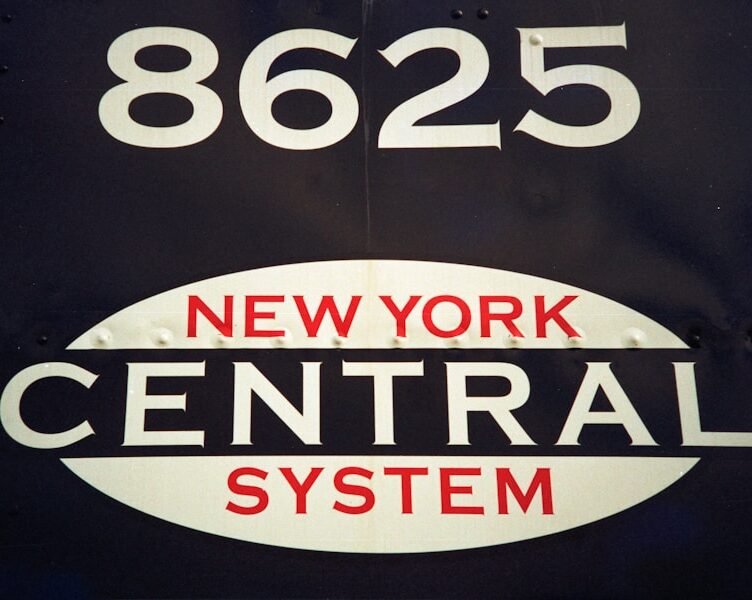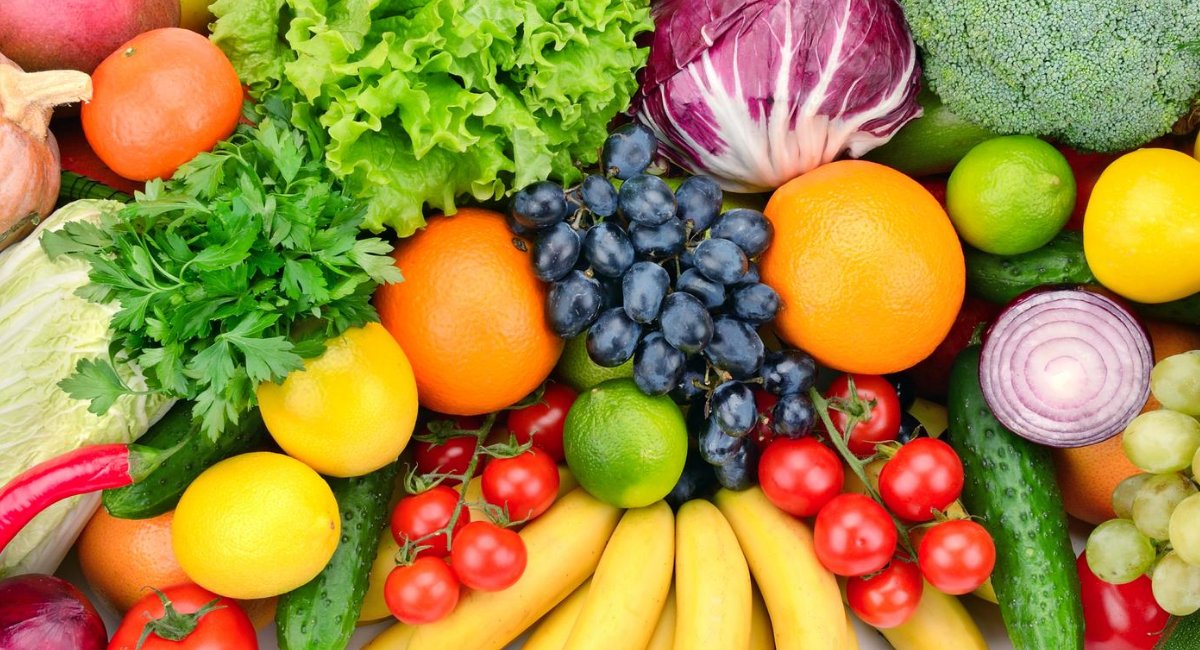In gardening, many individuals focus on annual vegetables that necessitate yearly replanting. Nevertheless, a vast array of perennial vegetables can flourish in your garden, yielding a bounty year after year without the need for repeated planting. Perennial vegetables constitute an excellent addition to any garden, as they demand reduced maintenance and can provide a continuous harvest for years to come.
Not only are they sustainable, but they also offer a diverse range of flavors and textures, thereby adding variety to your culinary creations. This article delves into the advantages of cultivating perennial vegetables, presents the top 10 perennial vegetables suitable for your garden, provides guidance on their growth and maintenance, harvesting and utilization, and offers insights into designing a perennial vegetable garden.
Key Takeaways
- Perennial vegetables are a great addition to any garden as they come back year after year, reducing the need for replanting.
- Growing perennial vegetables can save time and effort, as they require less maintenance and care compared to annual vegetables.
- Some top perennial vegetables to consider for your garden include asparagus, rhubarb, artichokes, and sorrel.
- To successfully grow and maintain perennial vegetables, it’s important to provide proper soil, sunlight, and water conditions.
- Designing a perennial vegetable garden with a mix of different varieties can ensure a continuous harvest throughout the year.
Benefits of Growing Perennial Vegetables
Less Maintenance Required
One of the main advantages of growing perennial vegetables is that they require less work than annual vegetables. Once established, perennial vegetables can thrive with minimal maintenance, making them a great option for busy gardeners.
Sustainability and Resource Efficiency
Perennial vegetables are more sustainable than annuals, as they do not need to be replanted every year, reducing the amount of resources and labor required for gardening.
Soil Health Improvement
Another benefit of perennial vegetables is their ability to improve soil health. Many perennial vegetables have deep root systems that can help break up compacted soil and improve its structure. This can lead to better water retention and nutrient uptake, benefiting not only the perennial vegetables but also other plants in your garden. Overall, growing perennial vegetables can save time and resources while promoting sustainability and soil health in your garden.
Top 10 Perennial Vegetables for Your Garden
1. Asparagus – Asparagus is a delicious and nutritious perennial vegetable that can produce a bountiful harvest for up to 20 years. It is best to plant asparagus crowns in well-drained soil and provide them with plenty of sunlight.
2. Rhubarb – Rhubarb is a hardy perennial vegetable that is known for its tart flavor and vibrant red stalks. It thrives in cooler climates and can be harvested for many years once established.
3. Artichokes – Artichokes are a unique perennial vegetable that produces large, edible flower buds. They require well-drained soil and plenty of sunlight to thrive.
4. Horseradish – Horseradish is a pungent perennial vegetable that is easy to grow and can be harvested for many years. It prefers rich, moist soil and can be invasive, so it is best to plant it in a contained area.
5. Jerusalem Artichokes – Jerusalem artichokes, also known as sunchokes, are a versatile perennial vegetable that produces edible tubers. They are easy to grow and can thrive in a variety of soil types.
6. Sorrel – Sorrel is a leafy green perennial vegetable with a tangy, lemony flavor. It is easy to grow and can be harvested for many years, making it a great addition to any garden.
7. Chives – Chives are a popular perennial herb that produces edible leaves and flowers. They are easy to grow and can thrive in containers or in the ground.
8. Lovage – Lovage is a tall perennial herb with a flavor similar to celery. It is easy to grow and can be harvested for many years, making it a great addition to soups and stews.
9. Watercress – Watercress is a semi-aquatic perennial vegetable that thrives in moist soil or shallow water. It has a peppery flavor and can be harvested for many years.
10. Walking Onions – Walking onions are a unique perennial vegetable that produces clusters of bulbils at the top of their stalks. These bulbils can be replanted to grow new onions, giving them their “walking” name.
Tips for Growing and Maintaining Perennial Vegetables
| Vegetable | Planting Depth | Spacing | Harvest Time |
|---|---|---|---|
| Asparagus | 6-8 inches | 12-18 inches | Spring |
| Rhubarb | 2 inches | 36 inches | Spring to early summer |
| Artichokes | 1/4 inch | 36 inches | Summer to fall |
| Horseradish | 2 inches | 24 inches | Fall |
| Jerusalem Artichokes | 3 inches | 12-18 inches | Fall |
| Chives | 1/4 inch | 6-12 inches | Spring to fall |
| Garlic Chives | 1/4 inch | 6-12 inches | Spring to fall |
| Walking Onions | 1 inch | 12-18 inches | Summer to fall |
| French Sorrel | 1/4 inch | 12-18 inches | Spring to fall |
| Good King Henry | 1/4 inch | 12-18 inches | Spring to fall |
When it comes to growing and maintaining perennial vegetables, there are a few key tips to keep in mind. First, it is important to choose the right location for your perennial vegetables. Most perennial vegetables prefer well-drained soil and plenty of sunlight, so be sure to plant them in an area that meets these requirements.
Additionally, it is important to provide your perennial vegetables with the proper care and maintenance they need to thrive. This may include regular watering, fertilizing, and pruning as needed. It is also important to keep an eye out for pests and diseases that may affect your perennial vegetables and take appropriate measures to prevent or treat them.
Finally, it is important to plan for the long-term growth of your perennial vegetables by providing them with enough space to spread out and thrive. In terms of maintaining perennial vegetables, it is important to keep an eye on their growth and make adjustments as needed. Some perennial vegetables may need to be divided or thinned out periodically to prevent overcrowding and promote healthy growth.
Additionally, it is important to provide support for taller or vining perennial vegetables to prevent them from falling over or becoming damaged. Finally, it is important to stay on top of harvesting your perennial vegetables to ensure that they continue to produce a bountiful harvest year after year.
Harvesting and Using Perennial Vegetables
Harvesting and using perennial vegetables can be a rewarding experience that allows you to enjoy the fruits of your labor year after year. When it comes to harvesting perennial vegetables, it is important to do so at the right time to ensure the best flavor and quality. Some perennial vegetables may need to be harvested when they are young and tender, while others may benefit from being left on the plant longer to develop their full flavor.
It is also important to harvest perennial vegetables regularly to encourage continued growth and production. Once harvested, there are countless ways to use perennial vegetables in your kitchen. From soups and salads to stir-fries and casseroles, there are endless possibilities for incorporating these nutritious and flavorful vegetables into your meals.
Many perennial vegetables can also be preserved through methods such as freezing, drying, or pickling, allowing you to enjoy them throughout the year.
Designing a Perennial Vegetable Garden
Designing a perennial vegetable garden requires careful planning and consideration of the needs of the plants you want to grow. When designing your garden, it is important to choose a location that receives plenty of sunlight and has well-drained soil. It is also important to consider the space requirements of each perennial vegetable you want to grow and provide them with enough room to spread out and thrive.
In terms of layout, there are several options for designing a perennial vegetable garden. You may choose to plant your perennial vegetables in traditional rows or beds, or you may opt for a more informal design with mixed plantings and pathways. You may also consider incorporating other plants such as herbs, flowers, or fruit trees into your perennial vegetable garden to create a diverse and productive space.
When designing your perennial vegetable garden, it is also important to consider the long-term maintenance needs of the plants you want to grow. Some perennial vegetables may require more care and attention than others, so be sure to plan accordingly and provide them with the proper care they need to thrive.
Enjoying the Long-Term Rewards of Perennial Vegetables
In conclusion, growing perennial vegetables in your garden can offer numerous benefits, from sustainability and soil health to reduced maintenance and continuous harvests. By choosing the right perennial vegetables for your garden, providing them with the proper care and maintenance they need, and designing a space that meets their requirements, you can enjoy the long-term rewards of these resilient and flavorful plants year after year. Whether you are new to gardening or an experienced green thumb, adding perennial vegetables to your garden can provide you with a diverse and bountiful harvest that will keep your garden thriving for years to come.
So why not give perennial vegetables a try in your garden and enjoy the long-term rewards they have to offer?
FAQs
What are perennial vegetables?
Perennial vegetables are plants that can be grown and harvested year after year without needing to be replanted. They have a longer lifespan than annual vegetables, which need to be replanted each year.
Why should I grow perennial vegetables in my garden?
Growing perennial vegetables can save time and effort in the long run, as they require less maintenance and do not need to be replanted each year. They also help to improve soil health and can provide a consistent harvest year after year.
What are some examples of perennial vegetables?
Some examples of perennial vegetables include asparagus, rhubarb, artichokes, sorrel, and horseradish. These plants can thrive for many years in the garden and provide a reliable source of fresh produce.
How do I care for perennial vegetables?
Caring for perennial vegetables involves providing them with the right growing conditions, such as well-drained soil, adequate sunlight, and regular watering. It is also important to control weeds and pests to ensure the health of the plants.
Can perennial vegetables be grown in containers?
Yes, many perennial vegetables can be grown in containers, making them suitable for small gardens or urban spaces. However, it is important to choose the right size container and provide proper drainage for the plants to thrive.
Are perennial vegetables resistant to pests and diseases?
While perennial vegetables can be more resistant to pests and diseases than annual vegetables, they are not immune to problems. It is important to monitor the plants for signs of pests or diseases and take appropriate measures to control them.
Can I harvest perennial vegetables year-round?
The harvest times for perennial vegetables vary depending on the specific plant and growing conditions. While some perennial vegetables can be harvested year-round in mild climates, others have specific growing seasons and may not produce during certain times of the year.







